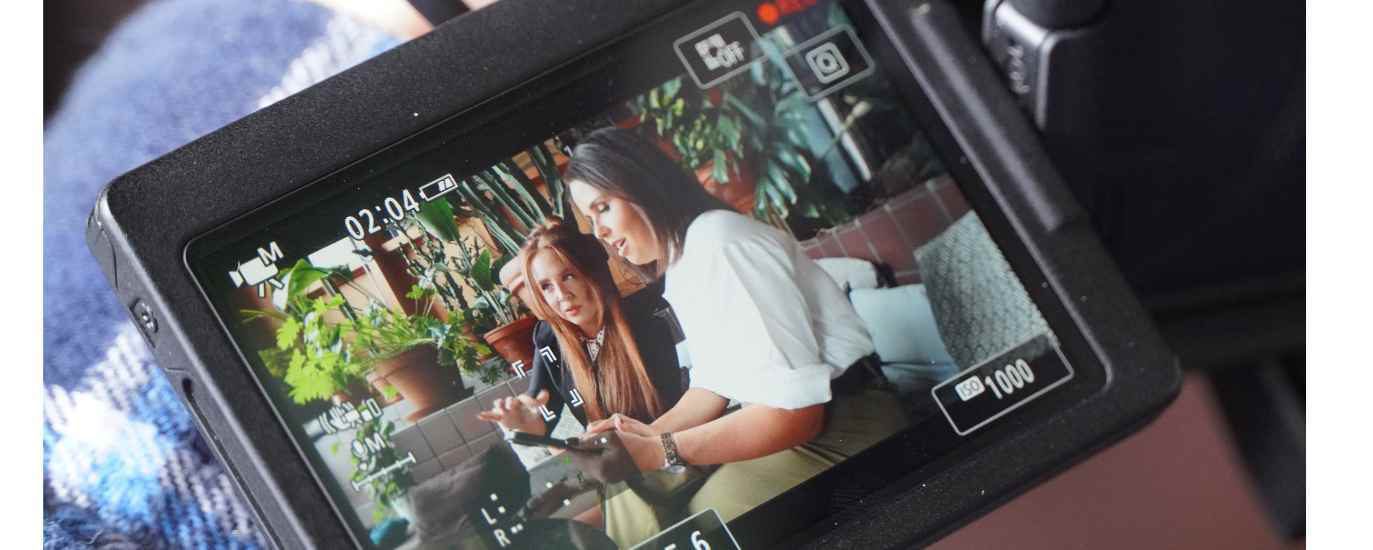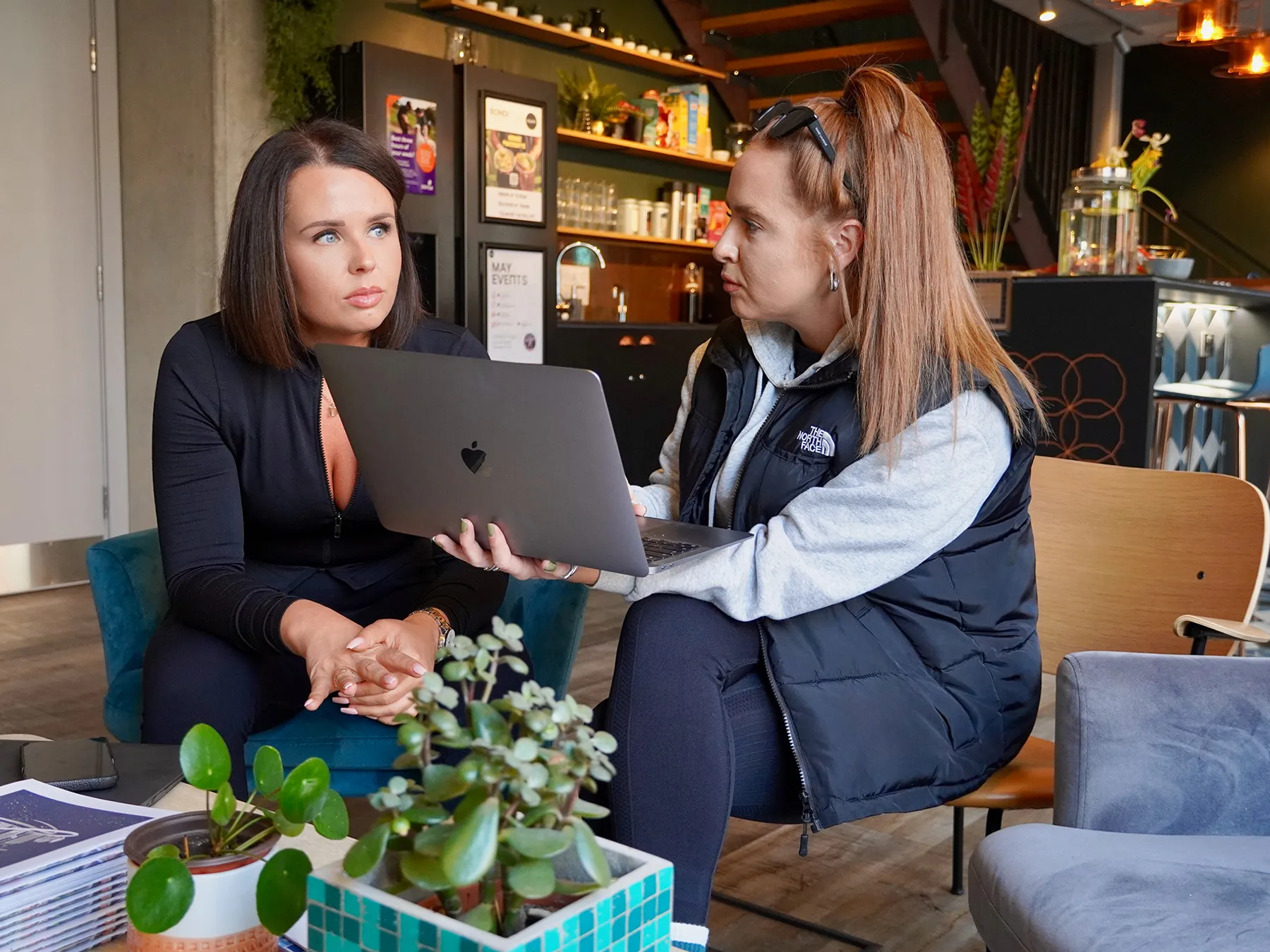Marketing Strategy
Branding
Activations
Social Media
Get to know us
ROI Tales: Learning from Marketing Success Stories

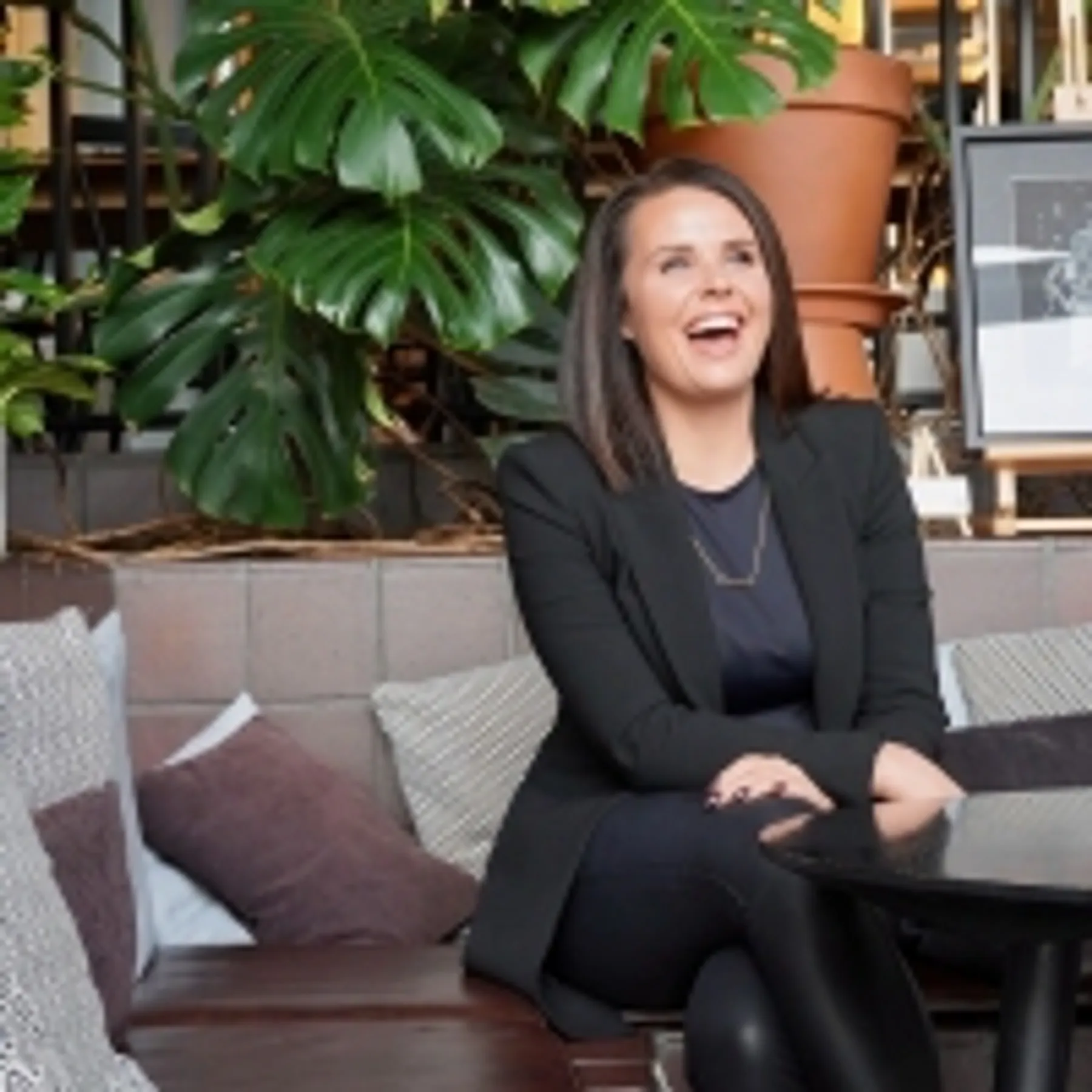
Jordan Stachini
Contents
Ever wonder why some marketing campaigns absolutely smash it while others flop harder than a bad first date? Some brands just get it – they know how to connect with people, make their content shareable, and turn casual scrollers into loyal customers. Others? Well, they miss the mark completely, trying too hard, playing it too safe, or forgetting the golden rule: people don’t care about your brand – they care about what your brand does for them and says about them. They're selling identities. People align with brands that make them look good, feel good, or reinforce the image they want to project. It’s all about ego.
We’ll be looking at some real marketing success stories, breaking down why some campaigns went viral, drove massive ROI, and left their competition in the dust. We’re talking Nike vs. Reebok, Spotify Wrapped vs. Apple Music Replay, Coca-Cola vs. Pepsi’s Kendall Jenner disaster.
We’re here to show you what actually works, so you can pinchl (or lets say ‘strategically borrow’) these elements for your own marketing. Whether you’re a startup, a small business, or just someone trying to make your brand stand out, these lessons apply across the board.
At co&co, we live and breathe marketing that actually delivers – no fluff, no bull, but the real, results-driven stuff that makes an impact. We've seen first-hand what works (and what doesn’t), so if you’re ready to level up your marketing strategy, you’re in the right place. Let’s get into it.
Dissecting High-ROI Campaigns from Global Brands
Some marketing campaigns don’t just perform well – they completely change the game. These are the ones that drive massive ROI, dominate social feeds, and have other brands scrambling to copy them. But what actually makes them work? Is it the budget, the creativity, the timing, or just plain luck? Spoiler: it’s never just luck.
The best high-ROI campaigns nail a few key things: they connect emotionally, they understand their audience, and they create moments people want to share. Think of Gymshark’s micro-influencer-led rise, Spotify Wrapped turning personal data into a viral event, or Ryanair’s savage social media strategy that makes budget travel somehow look cool (shoutout to Michael Corcoran). These brands aren’t just selling products – they’re creating movements. That’s what marketing should be about or how else will you stand out?
Gymshark – The Power of Influencer Marketing & Community
Okay so we all know and love the brand but what’s so impressive about Gymshark is that they started out small. Just another small UK fitness brand. Now? They’re huge.
Their secret? Authentic partnerships with the right influencers – not just anyone with a big following, but people who actually aligned with their brand values. Being selective matters. Slapping your logo on the wrong person can do more harm than good.
This is where micro-influencers come in. They might not have millions of followers, but their engagement is stronger, their audience trusts them more, and their recommendations feel real. People are tired of inauthentic partnerships.
They could’ve gone the Kim K route – big name, massive reach – but what would that have done for them? Kim Kardashian’s audience isn’t following her for functional, performance-driven gym wear. They’re there for aesthetics, beauty, and lifestyle. Gymshark’s early brand message wasn’t about making your arse look mega (even though they’re leaning into that more now) – it was about clothing that moves with you, supports real training, and fits seamlessly into a performance-focused lifestyle.
That’s why micro-influencers worked so well. They were speaking to niche communities that cared more about performance than just looking good in leggings.
That’s why micro-influencers worked so well. They spoke to niche communities that cared about performance, not just aesthetics.
Gymshark chose fitness influencers who actually lived the brand, turning them into long-term ambassadors rather than just paid promoters. That authenticity is what built their loyal community – and what keeps it growing.


Image 1 Source: Instagram.com
Image 2 Source: Instagram.com
Leana Deeb - Influencer Marketing
Gymshark teaming up with Leana Deeb? Absolute power move. This isn’t just another influencer collab – it’s Gymshark doubling down on authenticity, inclusivity, and actually giving a sh*t about their audience.
Leana isn’t just a fitness influencer – she’s built a brand on confidence, strength, and making the gym a space for everyone. And Gymshark has been smart about this. She’s got a community that trusts her, she’s relatable, and most importantly, she actually wears the stuff instead of just having her name on it.
This brand collab goes beyond the usual “new drop” hype. Back in August 2023, Gymshark put Leana front and centre on a 3D billboard – wearing a hijab. They’re showing up for Muslim women in fitness, making it clear that inclusivity is a priority for them. And now, her collection? Designed with performance, style, and real gym-goers in mind.
This is what happens when a brand actually gets its audience. No forced partnerships, no fluff – just a collection that makes sense, backed by someone who actually cares.
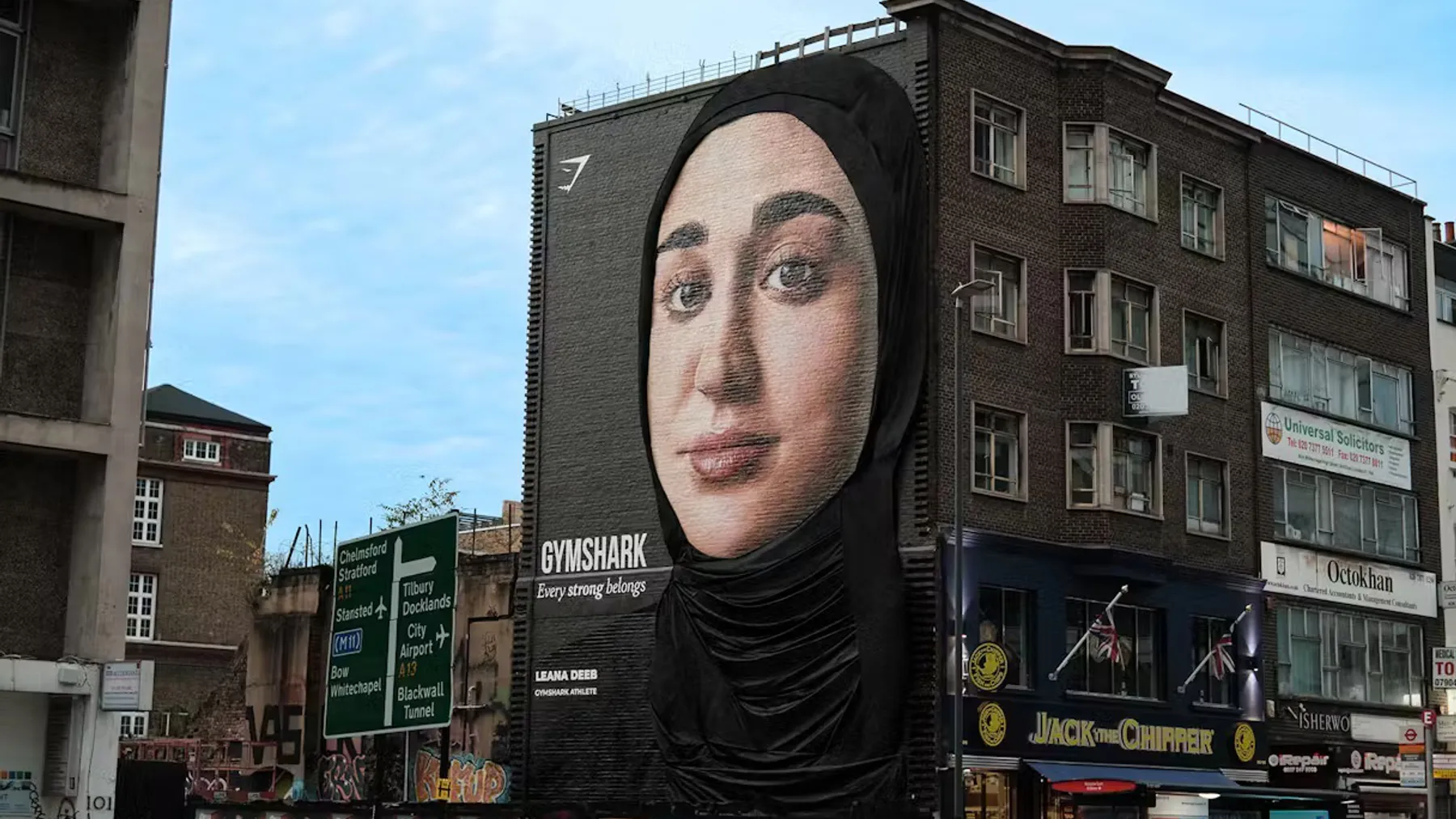
Image Source: thedrum.com
Building a Community-Driven Brand: Gymshark’s Secret Weapon
Gymshark built a movement. From day one, they understood that people don’t just want to buy a brand; they want to belong to one. Instead of just pushing products, Gymshark created a community-driven culture that made customers feel like they were part of something bigger than just workout gear.
How They Did It:
🖤 Gymshark 66 Challenge – Every January, they challenge their audience to commit to fitness goals for 66 days, creating a sense of accountability and motivation. It’s not about selling – it’s about engagement, and in return, the brand gets flooded with organic social content from customers tagging them in their fitness journeys. Free marketing, massive reach.
🖤 Pop-Up Events That Feel Like Festivals – Gymshark doesn’t do boring product launches. Their pop-up events, like We Lift the City in Manchester, bring fans together to train, meet influencers, and feel like part of an exclusive fitness movement. These events sell out instantly because customers see them as more than shopping – they’re an experience. They’ve recently just done another We Lift the City event in NYC too.
🖤 Athlete & Influencer Community – As we said before, rather than paying random celebrities to promote their gear, Gymshark handpicked athletes and influencers who actually fit the brand. Figures like David Laid, Whitney Simmons, and Leana Deeb aren’t just endorsers – they’re faces of the community. That authenticity makes a difference, because people trust them.
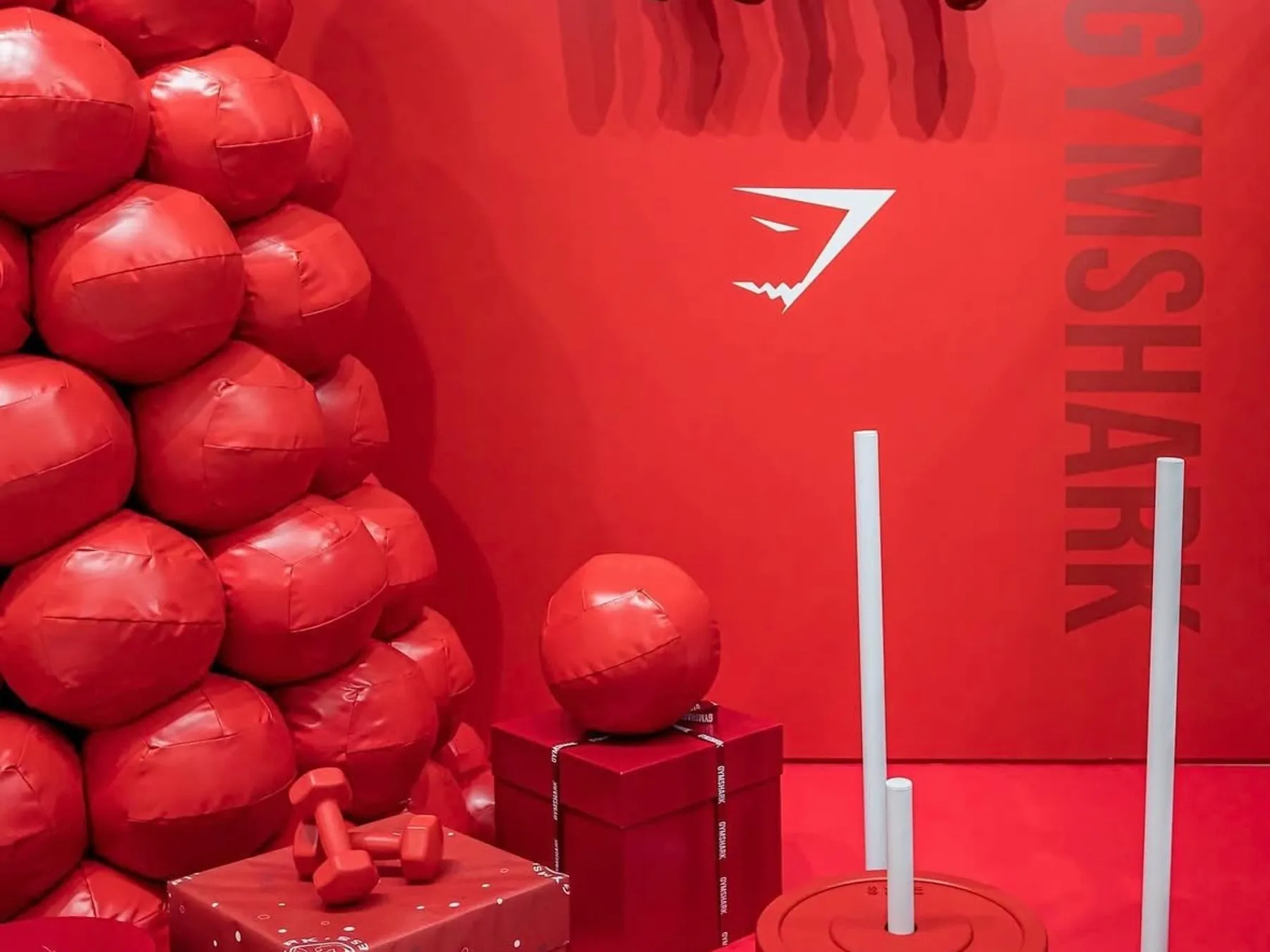
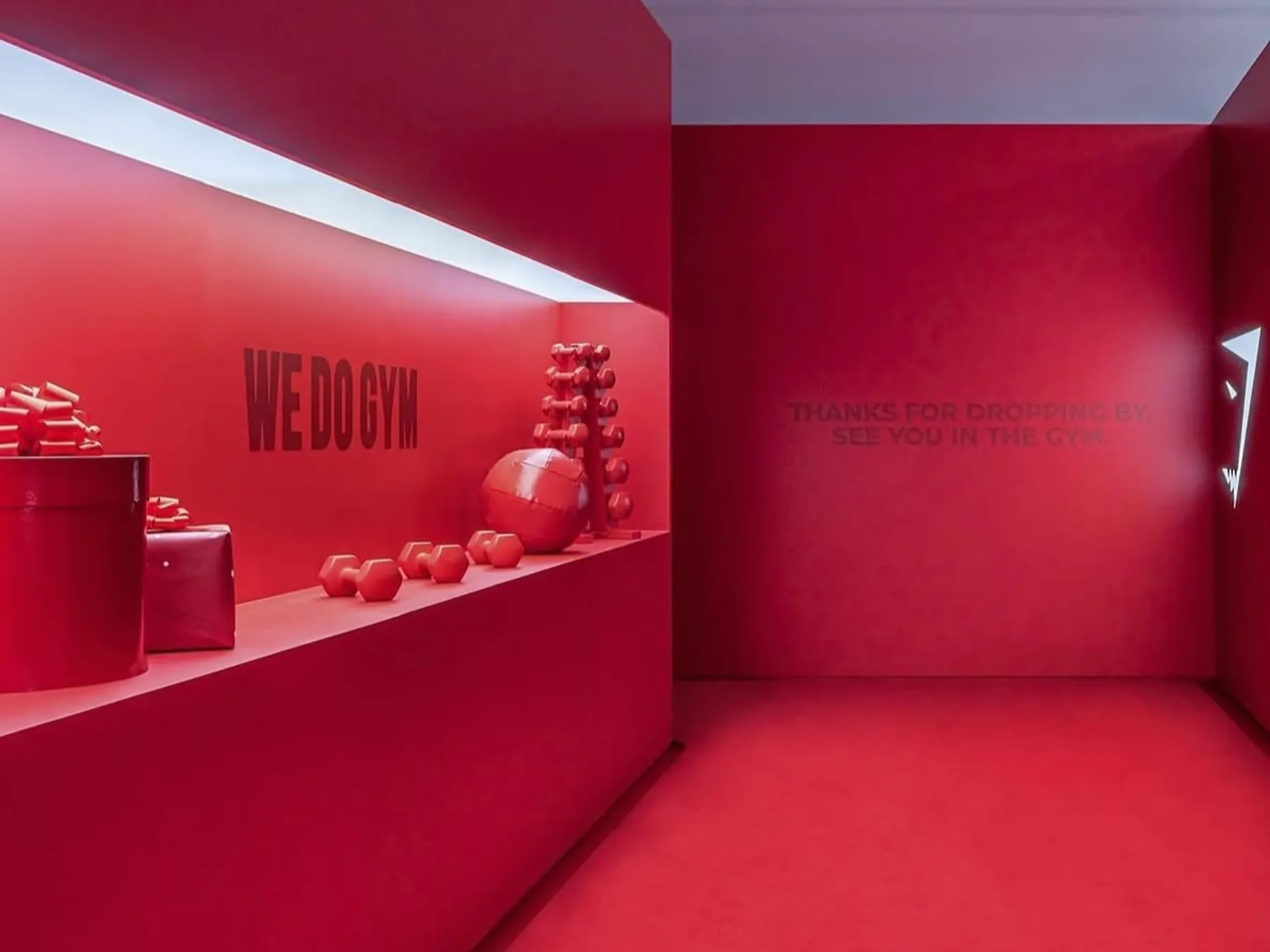
Image Source: Instagram.com
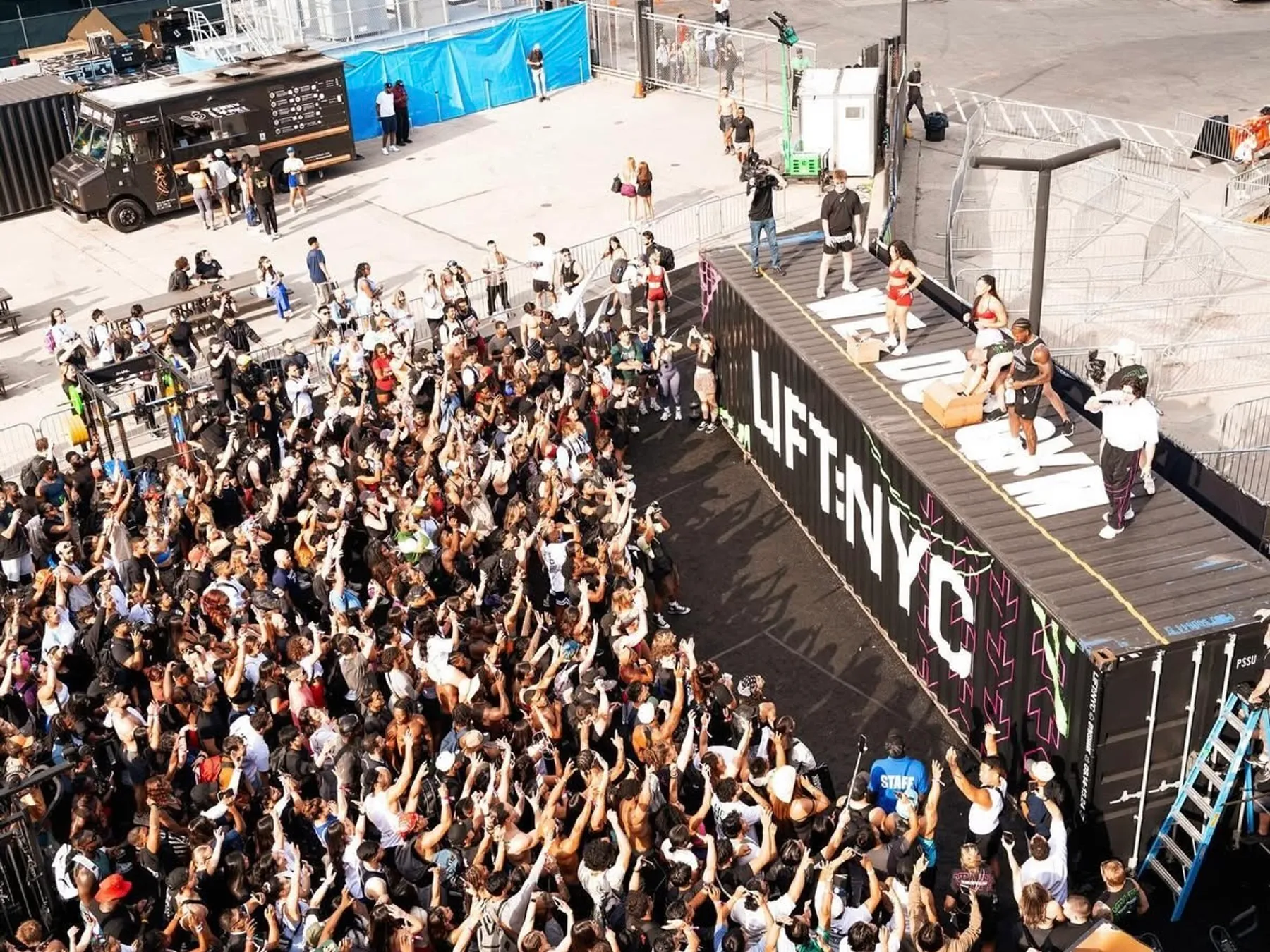
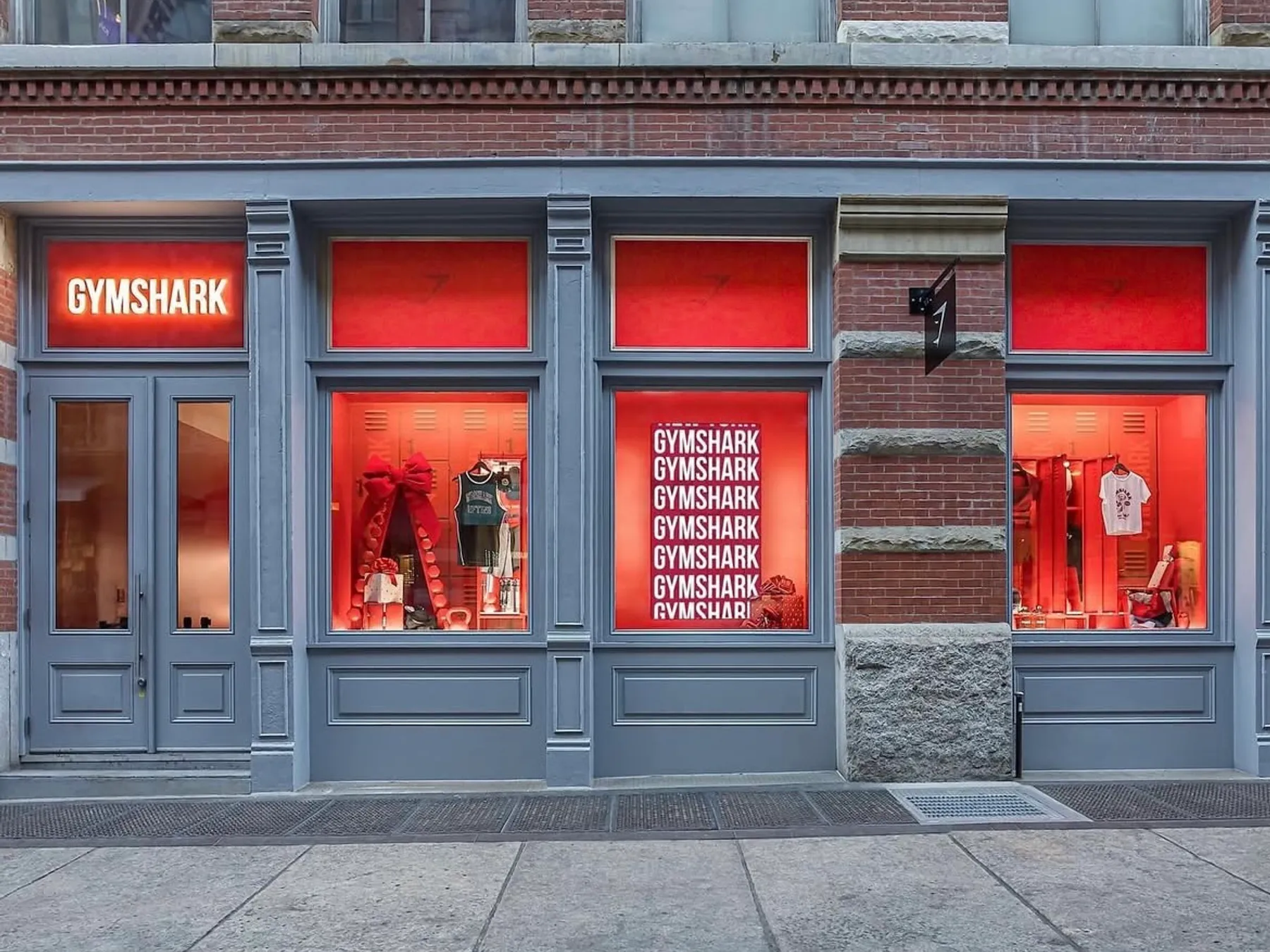
Image Source: Instagram.com
The ROI Factor: A Brand That Markets Itself
ROI is the heartbeat of any great marketing plan. When you build a community rather than just sell a product, you don’t have to spend as much on traditional marketing – your audience does it for you.
☑️ Millions in organic reach – Gymshark’s customers wear, share, and shout about the brand without being asked. Their hashtag alone has billions of views on TikTok.
☑️ Loyalty = Long-Term Sales – It’s not just about a one-time purchase; it’s about repeat customers who stick with the brand for years.
☑️ Brand advocacy over basic marketing – Instead of chasing customers, they’ve created an army of brand advocates who genuinely believe in what Gymshark represents.
This is the difference between being just another gym wear brand and being the one that changed the game.
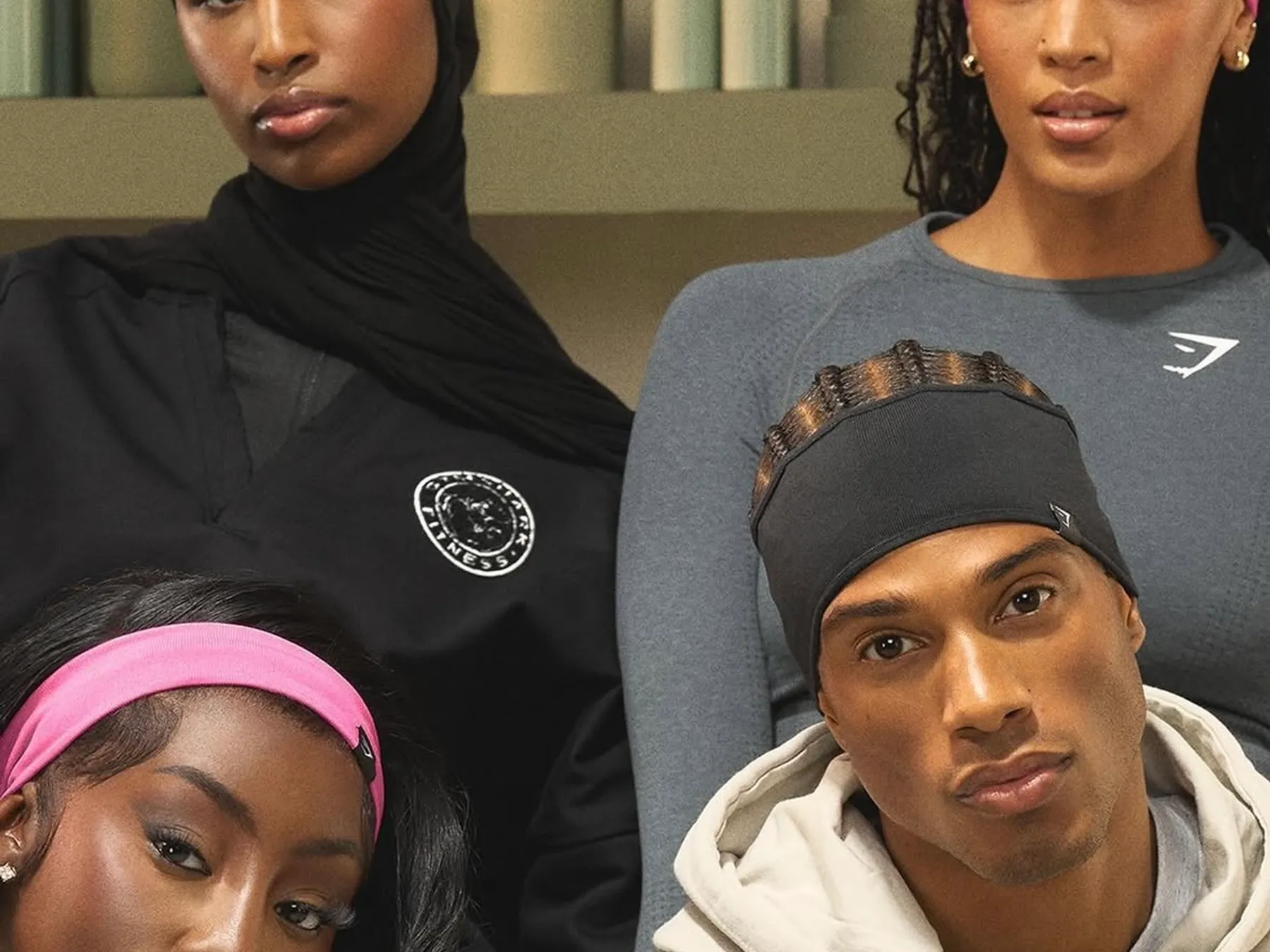
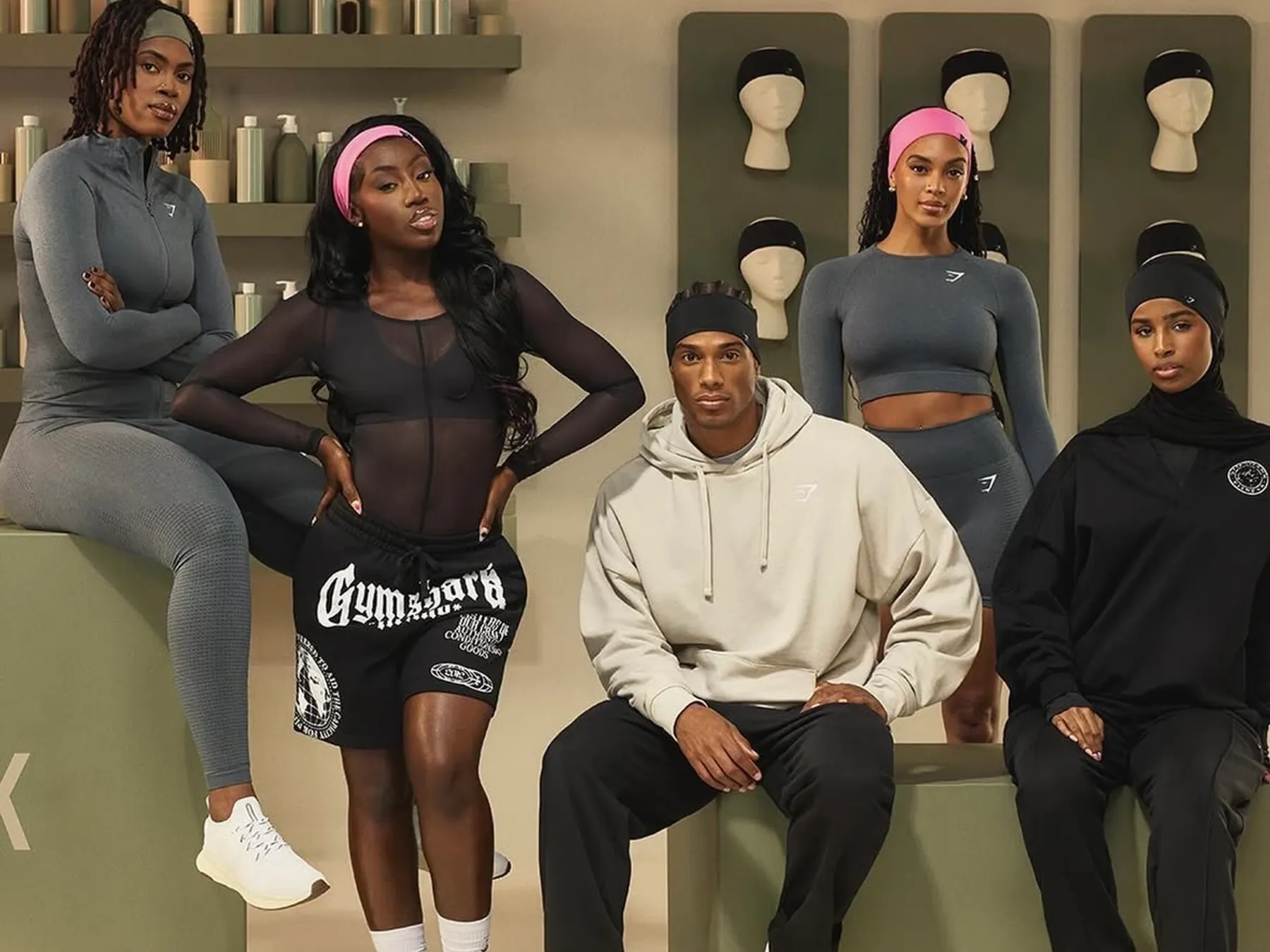
Image Source: Instagram.com
Spotify Wrapped: The Marketing Hack That Sells Itself
Every December, like clockwork, Spotify Wrapped takes over the internet. It’s not just a campaign – it’s a cultural moment. No ads, no hard sell – just millions of people rushing to share their listening habits like it’s the results of a personality test. And that’s the genius of it: Spotify turned personal data into a viral phenomenon.
Seriously, think about it – how many people did you see posting their Wrapped on Instagram Stories? Probably half your feed. It’s the kind of marketing that doesn’t feel like marketing, and that’s exactly why it works.
How They Did It:
🖤 Hyper-Personalisation That Feels Fun – Spotify Wrapped isn’t just a playlist of your top songs – it’s a story about you. From "Your Top Artist" to "Your Listening Personality," Wrapped makes data feel personal, emotional, and, most importantly, shareable.
🖤 FOMO & Social Sharing = Instant Virality – The moment Wrapped drops, feeds are flooded with colourful graphics, stats, and music flexes. If you’re a Spotify user, you feel compelled to join in – no one wants to be left out of the conversation. And if you use Apple Music? Well… you get to watch from the sidelines.
🖤 Perfect Timing: The Year-in-Review Sweet Spot – Early December is prime time for reflection, with people looking back at their year. By releasing Wrapped just before New Year’s resolution season, Spotify capitalises on nostalgia and self-awareness, making it feel like a ritual rather than just another marketing stunt.

The ROI Factor: Free Marketing at an Unmatched Scale
Spotify Wrapped is a masterclass in organic marketing. The brand doesn’t need to push it – users do all the work.
☑️ Zero ad spend needed – No need for traditional advertising when millions of users promote it for free.
☑️ Record-breaking engagement every year – People don’t just check Wrapped – they share it, compare it, and interact with others’ results.
☑️ Brand reinforcement & retention – Even if people don’t use Spotify daily, they stick around because they know Wrapped is coming.
This is marketing at its best: fun, free, and effortlessly viral. No forced sales, no paid hype – just a campaign that sells itself, year after year. What makes this even more iconic?
An intern pitched the concept.
So if you ever think your ideas don’t matter, or that you need a fancy title to make an impact – think again. Mega marketing isn’t about hierarchy, it’s about understanding what people actually want to engage with.
Ryanair – Sarcasm & Social Media Gold
Ryanair’s social media team doesn’t do corporate fluff (like us) – they go full sarcasm, roasting customers, competitors, and even themselves. Their no-nonsense, budget-but-bold brand voice makes them surprisingly relatable.
🖤 Key takeaway: Being unapologetically on-brand can do wonders for your brand. Yeah, they’ve probably ruffled a few feathers along the way, but guess what? It’s funny. It gets people talking. And that’s what matters.
Aldi UK – Reactive Marketing & Banter
Aldi thrives on witty, fast-moving social media – whether it’s clapping back at competitors (hello, M&S’s Cuthbert drama) or jumping on trending memes. Their quick, cheeky responses keep them in the spotlight and constantly engaging with their audience.
🖤 Key takeaway: Reactive, humourous content = free PR, more engagement, and a brand people want to interact with.

Image Source: metro.co.uk
Airbnb – Storytelling That Sells
Airbnb isn’t just selling places to stay – they’re selling experiences, memories, and a feeling of home wherever you go. Instead of focusing on hotel-style amenities, they’ve built their brand around real people, real stories, and personalised travel experiences.
How They Did It:
☑️ User-generated storytelling – Instead of boring ads, Airbnb lets hosts and guests tell their own stories, making the brand feel authentic and human.
☑️ More than just a booking site – They highlight unique stays, local experiences, and cultural connections, making every trip feel personal.
☑️ Emotional marketing that builds trust – By focusing on community and connection, Airbnb turns customers into brand advocates.

Why Some Campaigns Outperform Others
Moving on… let’s talk about why some campaigns absolutely smash it, while others crash and burn. A lot of people like to blame bad luck when a campaign flops, but there’s always a reason. The best marketing isn’t just about having a mega idea; it’s about execution, timing, audience fit, and knowing what actually makes people engage.
Some brands get it right – they tap into emotions, create shareable moments, and make marketing feel effortless. Whilst others massively miss the mark, force trends that don’t fit, or just don’t understand what their audience wants. So, let’s break it down – what makes a campaign outperform the rest? We’re going to look at some case studies to pinpoint where they went wrong and what we can learn from their mistakes.
1. Nike’s “Just Do It” vs. Reebok’s “I Am What I Am”
When it comes to sportswear, Nike dominates – not just in sales, but in brand loyalty. Their "Just Do It" slogan isn’t just a tagline; it’s a mindset. It taps into motivation, resilience, and ambition, making it universally relatable – whether you bother going to the gym or not.
Why Nike won:
☑️ Timeless, emotionally driven messaging – "Just Do It" isn’t about shoes; it’s about pushing past limits, making it resonate with anyone chasing a goal.
☑️ Consistency over decades – Nike has stayed true to its message for over 30 years, reinforcing its brand identity across every campaign, product, and ad.
☑️ Powerful athlete endorsements – From Michael Jordan to Serena Williams, Nike aligns itself with the best, using real stories of dedication, struggle, and success to keep their message inspiring.
Why Reebok fell behind:
❌ Lack of emotional connection – Their 2004 campaign, "I Am What I Am", failed to land with the same impact. It was vague, lacking the clear motivational punch that Nike’s slogan delivered.
❌ Broad and unfocused messaging – Instead of carving out a unique identity, Reebok’s slogan felt generic, making it harder to build strong brand association.
2. Spotify Wrapped vs. Apple Music Replay
Sorry, Apple Music lovers, but you just aren’t Spotify. Every year, Spotify Wrapped takes over social media, while Apple Music Replay barely makes a ripple. The difference? One is a viral event, the other is just… there.
Why Spotify Wrapped Wins:
We’ve already touched on this but let’s just compare.
☑️ Designed for sharing – Wrapped doesn’t just give users their top songs; it turns listening data into a personalised, interactive experience. The bold, colourful graphics and unique stats make it irresistible to post on social media.
☑️ Perfect timing – Releasing in early December, Wrapped capitalises on year-end reflection, turning it into a cultural moment just before New Year’s resolutions kick in.
☑️ Built-in FOMO factor – If you’re on Spotify, you get Wrapped. If you’re not? You’re missing out. Seeing everyone else's Wrapped flood your feed is enough to make Apple Music users feel left out.
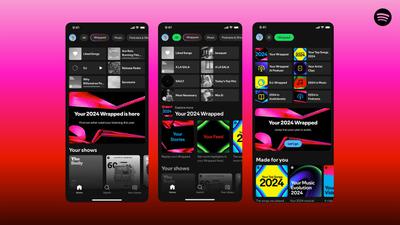
Image Source: newsroom.spotify.com
Why Apple Music Replay Falls Flat:
❌ Lacks excitement – Apple Music Replay exists, but… does anyone really care? The design is basic, the insights feel underwhelming, and it doesn’t have the same fun, interactive storytelling as Wrapped.
❌ No urgency, no hype – While Wrapped drops like an annual tradition, Replay is just there all year round. No exclusivity, no cultural moment—just another playlist in the app.
🖤 Key Takeaway: A great campaign doesn’t just give people content – it gives them something they want to share. It makes them feel something. By gamifying user data, creating FOMO, and making marketing feel fun, Spotify Wrapped proves that the best advertising is the kind people do for you.

3. Coca-Cola’s “Share a Coke” vs. Pepsi’s Kendall Jenner Ad
Coca-Cola nailed it. Pepsi? Not so much. One campaign was a masterclass in personalisation and engagement, while the other… well, it became the blueprint for how not to do social activism in marketing.
Why Coca-Cola Won:
☑️ Made it personal – Swapping out the logo for real names made people feel like the product was made just for them. It wasn’t just a drink – it was a moment to share with friends, family, and even strangers.
☑️ Effortless social media hype – People went on hunts for their names, took photos, and posted them online—free marketing on a massive scale.
☑️ Simple but effective emotional appeal – At its core, the campaign was about connection. Sharing a Coke = sharing a memory, and that sentiment resonated globally.
Why Pepsi’s Kendall Jenner Ad Flopped:
❌ Forced activism that backfired – Trying to profit off social justice movements (without actually backing them) made the ad feel tone-deaf and inauthentic.
❌ More about the celebrity than the product – The message was muddled, and Pepsi failed to connect it back to their brand. Instead of sparking conversation, they sparked backlash. Listen up lads – this is why you don’t just pick someone random and hope for the best. There needs to be a clear brand match-up, otherwise, you’re just throwing money at a name with no real connection to your audience.
❌ It felt staged and out of touch – A supermodel handing a can of Pepsi to a police officer as a ‘solution’ to protests? No - it just doesn’t work.
4. Duolingo’s Unhinged TikTok vs. LinkedIn’s Corporate Approach
Duolingo understood the assignment. LinkedIn? Not so much. One brand embraced the TikTok and became an internet sensation, while the other still thinks polished corporate content belongs on a platform built for unfiltered, fast-paced trends.
Why Duolingo’s TikTok Strategy Works:
☑️ They play the TikTok game properly – Duolingo isn’t just posting content; they’re leaning into platform culture, jumping on trends, and making their mascot a full-blown internet personality.
☑️ The brand doesn’t take itself too seriously – Their chaotic, meme-heavy content makes learning languages fun, relatable, and actually worth engaging with.
☑️ It’s not just repurposed content – They create original content tailored for TikTok, rather than cutting down an ad and hoping it lands.
Why LinkedIn’s TikTok Struggles:
❌ Too polished, too corporate – LinkedIn still treats TikTok like another corporate channel, and let’s be honest – that’s not what people open the app for. You’d think they’d lean into the human, unfiltered, and personality-driven approach that thrives on their own platform now. But instead, they’re still pushing stiff, overly polished content. It’s a missed opportunity – especially when LinkedIn itself is flooded with personal brands proving that authenticity and storytelling win every time.
❌ Fails to embrace platform humour – TikTok thrives on authenticity, humour, and trends, and LinkedIn’s content feels too stiff and scripted to fit in.
❌ They’re trying to educate, not entertain – TikTok is an entertainment-first platform. If your content doesn’t hook people within seconds, it’s getting scrolled past.
🖤 Key Takeaway: This is why we say you don’t need to be on all social media channels. Some just won’t fit your brand. And that’s okay. If you’re going to be on a platform, use it the way it’s meant to be used. Duolingo thrives because they understand how content is consumed on TikTok, while LinkedIn is still stuck in corporate content mode (boring), missing the opportunity to actually connect with users.
5. Ryanair’s Social Media vs. British Airways’ Marketing Approach
Ryanair knows exactly who they are – and they’re not afraid to take the pi*s out of themselves or anyone else for that matter. In fact they love it. British Airways, on the other hand, plays it safe with corporate, polished content that doesn’t get people talking. One brand is dominating TikTok and Twitter, the other is nowhere to be seen.
Why Ryanair’s Social Media Wins:
☑️ Humour, sarcasm, and self-deprecation – They don’t pretend to be a luxury airline. Instead, they own their budget reputation and make jokes about it – which makes them weirdly likeable.
☑️ Fast, reactive content – Ryanair’s social team jumps on trends, memes, and viral moments instantly, keeping their content fresh and relevant.
☑️ Engaging over polished – They don’t waste time making corporate, high-production videos. Instead, they focus on what actually works—bold, funny, and relatable content.
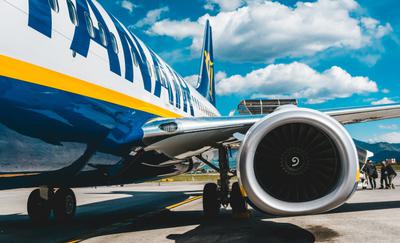
Why British Airways Falls Flat:
❌ Too formal, too safe – BA is still treating social media like a press release platform rather than an engagement tool.
❌ Lack of personality – There’s no distinctive tone of voice – just generic brand messaging that doesn’t spark conversation.
❌ No risk, no reward – They don’t lean into humour, pop culture, or what actually makes content go viral.
🖤 Key Takeaway: If you want engagement, not just visibility, you need to have a personality. Ryanair is proof that being bold, embracing your brand voice, and reacting quickly to trends can turn even a no-frills airline into a social media star. Playing it safe? You’re just at risk of being forgettable.
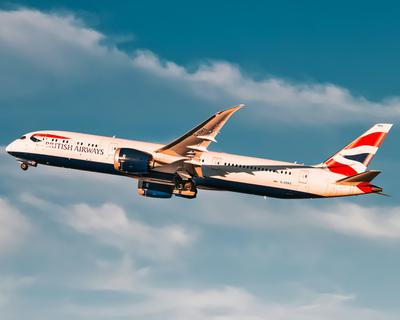
Incorporating Success Elements into Your Strategy
Marketing isn’t about playing it safe. Taking risks is part of the game – yeah, some might backfire, but the ones that land? They’re the ones that make brands unforgettable. The best campaigns don’t happen by accident; they’re built on tested strategies, execution, and a deep understanding of what actually makes people give a sh*t.
Emotion
First up: emotion sells. Remember, you’re not just selling a product – you’re selling a feeling. Whether it’s nostalgia (Coca-Cola’s Christmas ads), motivation (Nike’s “Just Do It”), or humour (Ryanair’s unhinged social media), the best campaigns hit people where it matters. If your brand isn’t making someone feel something, it’s forgettable. And forgettable doesn’t sell.
Platform Use
Then there’s the platform. Your content needs to fit the platform it’s on. What kills it on TikTok won’t necessarily work on LinkedIn, and Duolingo gets that – they don’t post corporate fluff, they post meme-fuelled nonsense, because that’s what works. Aldi? Same thing. They react fast, jump on trends, and actually engage with people, instead of treating social media like a glorified noticeboard. If your marketing feels like an interruption rather than something worth engaging with, you’ve already lost.
Personalisation
And let’s not forget personalisation and interactivity. People love to see themselves in a brand – that’s why Spotify Wrapped blows up every year and why Coca-Cola’s “Share a Coke” campaign had people hunting for bottles with their name on. The best marketing makes customers feel like they’re part of the story, not just watching from the sidelines.
Bottom line? Success leaves clues. The brands that win aren’t just throwing sh*t at the wall – they’re learning from what works, adapting, and executing it with personality and precision. If you want to stand out, you need to do the same.
And that’s it from us. If your marketing isn’t hitting, if your campaigns are falling flat, or if you’re just throwing money at ads and hoping for the best – sort it out.
You should never stop marketing. Great marketing isn’t luck. It’s strategy, execution, and knowing what actually works. And if you’re not sure where to start? We do.
At co&co, we live by ‘no fluff, no bull’. We do marketing strategy that delivers, strategy audits that show you exactly what’s wrong, marketing plans and project management that help you. If your brand needs a marketing shake-up, you know where to find us.
Now go do something worth talking about.

Speak to Jordan today
Grab a brew. Have a read
You might also like...
